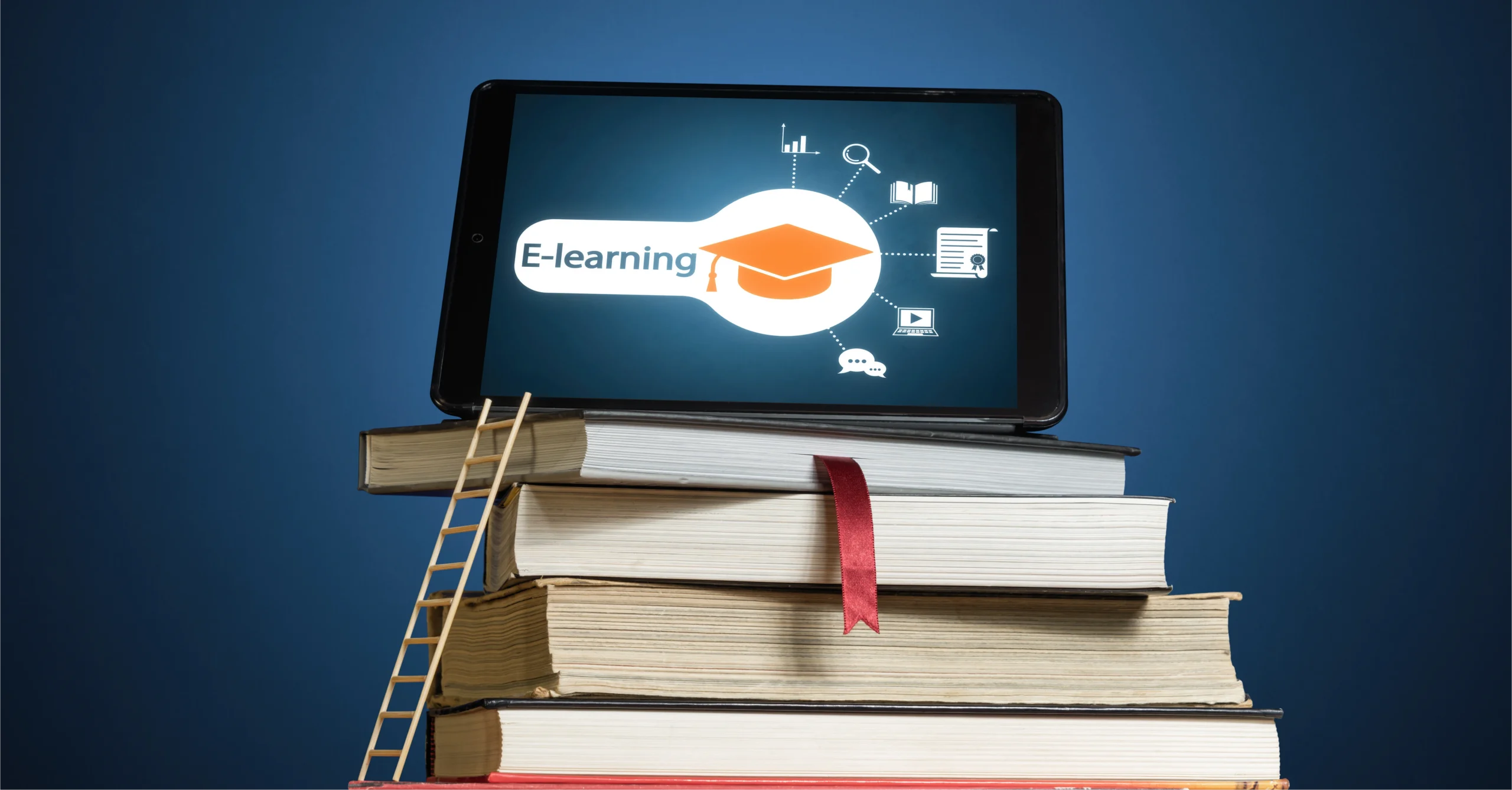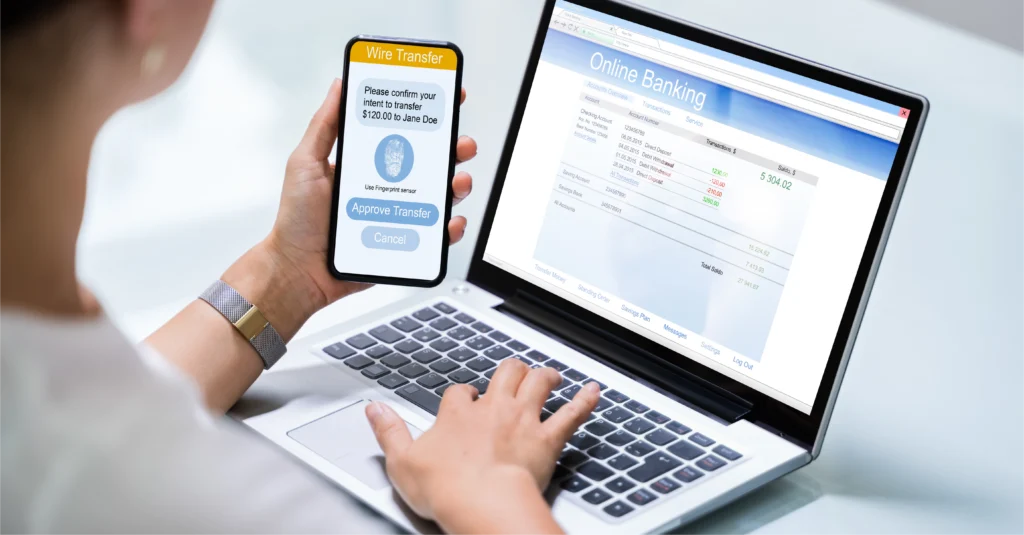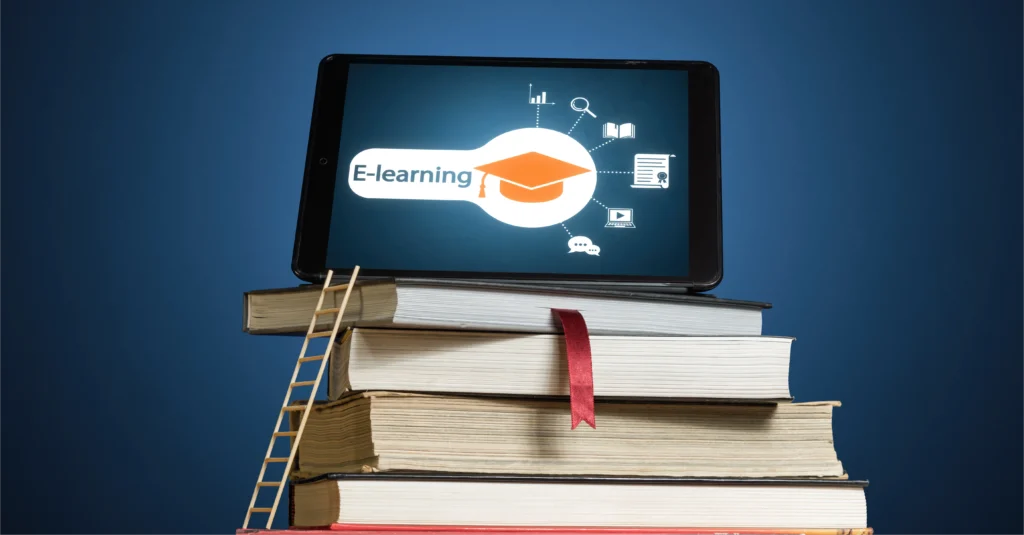The Power of Technology in Shaping the Future of Education

The field of education is going through major changes, fueled predominantly by technology. With the advancement of digital tools platforms, solutions, and platforms that make education not limited to traditional classrooms and static textbooks. Technology integration in education is changing the way we educate and learn, as well as connect to one another. From educational platforms for e-learning as well as the use of artificial intelligence (AI) The options are infinite, which makes educational technology more exciting personal, flexible, and inclusive than ever before.
Breaking Barriers in Access to Education
One of the biggest ways that technology is revolutionizing education is through removing geographical financial, social, and geographical barriers. Online learning platforms permit students from around the globe to gain access to quality education at world-class institutions. Whatever their location, students are able to access a wide range of educational resources, courses and tools that were previously unobtainable because of physical limitations.
For instance, platforms like Coursera, Udemy, and edX have democratized learning by providing learners with the ability to take courses offered by top universities and institutions–without ever leaving their homes. Students can learn about specialized areas without the high costs of moving or the traditional tuition costs. This is an illustration of how technology can foster equality in education by providing opportunities to those who would otherwise have been denied access.
Personalized Learning Experiences
The days of an all-inclusive approach to education. Technology has allowed us to customize learning experiences to satisfy the specific preferences, needs and speed of each student. With the development technology such as AI as well as machine-learning customized learning platforms are able to adapt to each person’s capabilities and limitations, providing personalized content and tools that improve the learning experience.
For instance, platforms like Duolingo utilize AI to monitor the level of learning and provide specific exercises according to their level of proficiency. In the same way the intelligent tutoring system can adjust in real-time, giving immediate feedback and assistance in response to the student’s performance. The shift towards personalization of learning means that students do not have to adhere to a rigid curriculum and can instead study subjects and topics at their own pace, and in a manner that is compatible with their individual learning style.
Collaboration and Connectivity
Another major benefit of technology in education is its capability to facilitate connections and collaboration. It doesn’t matter if it’s via online conversations, video calls or collaborative editing of documents educators and students are now able to communicate with each with ease, regardless of where they are located in the world. Cloud-based applications like Google Drive, Zoom, and Microsoft Teams have made communication and collaboration much easier than ever before.
Students can also collaborate in group projects, participate in study groups online and connect to an international community of experts and peers. This kind of connectivity is crucial in the present, when hybrid and remote learning methods are increasingly popular. The benefits of connectivity have transformed education into a more inclusive one by enabling learners to connect, share information as well as exchange information across different borders.
Real-World Applications and Skill Development
Technology is not only enhancing traditional subjects, but also gives practical applications that are essential in today’s tech-driven, fast-paced economy. The use of virtual reality (VR) and Augmented reality (AR) have revolutionized the way students engage with educational materials, providing immersive experiences that can bridge the gap between theories and the classroom. For instance medical students can make use of VR simulations to simulate procedures, and engineering students can interact in 3D models of complicated systems to learn the way they function.
Furthermore, the use of technology in education gives students the abilities they require for the current workforce. From programming and coding to digital marketing and data analysis students are now able to acquire the skills directly applicable to the demands of industry. Educational technology tools and platforms including programming boot camps, as well as digital learning apps, provide the practical skills needed to prepare students to seamlessly enter the workforce after graduating.
Lifelong Learning and Continuous Growth
Future of learning isn’t restricted to students of the traditional school; it is also open to professionals and those looking to enhance their abilities. Technology’s power allows for the ability to learn throughout life, allowing people to continue their growth and advancement throughout their career. Micro-learning, online certification programs, platform, webinars and other online courses offer professionals with the opportunity to stay abreast of the latest trends in their field, improve their abilities, and broaden their knowledge of the field.
As industries change, constant learning is becoming more important and technology helps ensure that learning is accessible and adaptable. Professionals are able to take classes on-demand or attend virtual conference and connect with experts in the comfort of their workplaces or at home. The advancement of technology has created easier for individuals to compete in a dynamic work market, making continuous education a crucial element of career development.
Preparing for the Future
The use of technology in education isn’t just a passing trend but rather an ongoing process that will determine how learning will be conducted in the near future. As artificial intelligence as well as data analytics and immersive technologies such as VR and AR progress and transform education, the potential for them to change education is huge. With these tools, teachers can design more engaging, interactive and efficient learning environments. Additionally, students are able to explore their the subject in ways previously unimaginable.
As we take on the latest technology, it’s vital to ensure that technology is utilized with care and in a way that is inclusive. Teachers, government officials and tech developers need to cooperate to overcome the digital divide by making sure that everyone has access to the resources they require to succeed.
Conclusion
The impact of technology on shaping education’s future can’t be overemphasized. From removing barriers to delivering individual learning experiences Technology has made education more flexible, accessible, and appropriate to the needs of modern students. Through the use of innovations that are advancing AI, VR, and data-driven technology, the educational environment is changing rapidly opening up new possibilities for educators and students alike. Looking ahead taking advantage of these advances is essential to prepare students to take on the opportunities and challenges that will emerge in the coming world.




